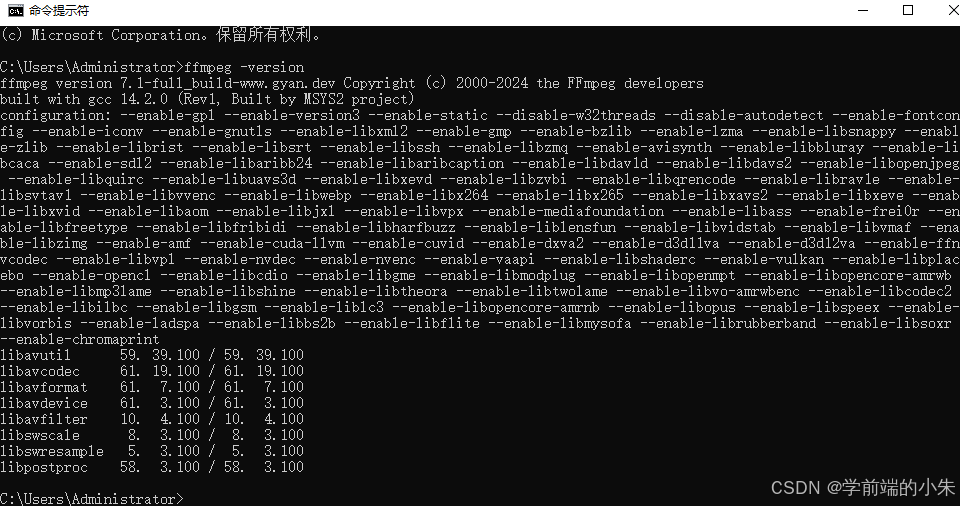(一)单一执行的例行性工作:
----at
(1)原理:仅处理执行一次就结束了
(2)命令及其解释:

(2.1)at命令格式:at [参数] [执行时间]

(2.2)使用举例:
#1分钟后在用户目录下创建文件file_at:
#at now + 1 minute
>touch file_at /home/user/
(ctrl+d结束编辑)
(二)循环执行的例行性工作:
----crontab
(1)原理:每隔一定的周期就需要执行一次
(2)命令及其解释:

(2.1)crontab命令格式及其解释:
[hado@localhost ~]$ crontab --help
crontab: 不适用的选项 -- -
crontab: usage error: unrecognized option
Usage:
crontab [options] file
crontab [options]
crontab -n [hostname]
Options:
-u <user> define user
-e edit user's crontab
-l list user's crontab
-r delete user's crontab
-i prompt before deleting
-n <host> set host in cluster to run users' crontabs
-c get host in cluster to run users' crontabs
-T <file> test a crontab file syntax
-s selinux context
-V print version and exit
-x <mask> enable debugging
(2.2)crontab命令格式的详细解释:
[hado@localhost ~]$ cat /etc/crontab
SHELL=/bin/bash
PATH=/sbin:/bin:/usr/sbin:/usr/bin
MAILTO=root
# For details see man 4 crontabs
# Example of job definition:
# .---------------- minute (0 - 59)
# | .------------- hour (0 - 23)
# | | .---------- day of month (1 - 31)
# | | | .------- month (1 - 12) OR jan,feb,mar,apr ...
# | | | | .---- day of week (0 - 6) (Sunday=0 or 7) OR sun,mon,tue,wed,thu,fri,sat
# | | | | |
# * * * * * user-name command to be executed
crontab计划任务的时间格式:

---------------------------------------------------------------------------------------------------------------------------------
当需要同一时间执行多个脚本时,可以将这多个脚本放在一个目录下,然后使用run-parts来执 行
run-parts:该命令可将后面接的“目录”内的所有文件找出来执行
---------------------------------------------------------------------------------------------------------------------------------
crontab计划任务的时间格式中的特殊符号:

(2.3)使用举例:




















